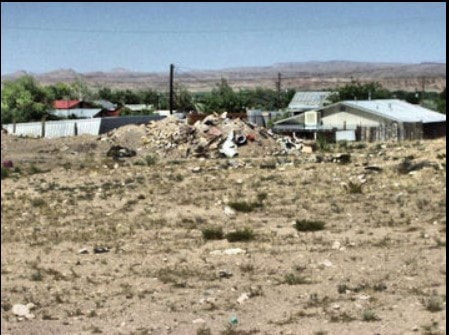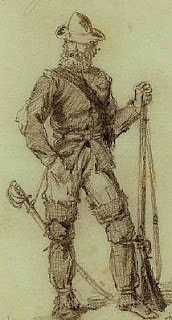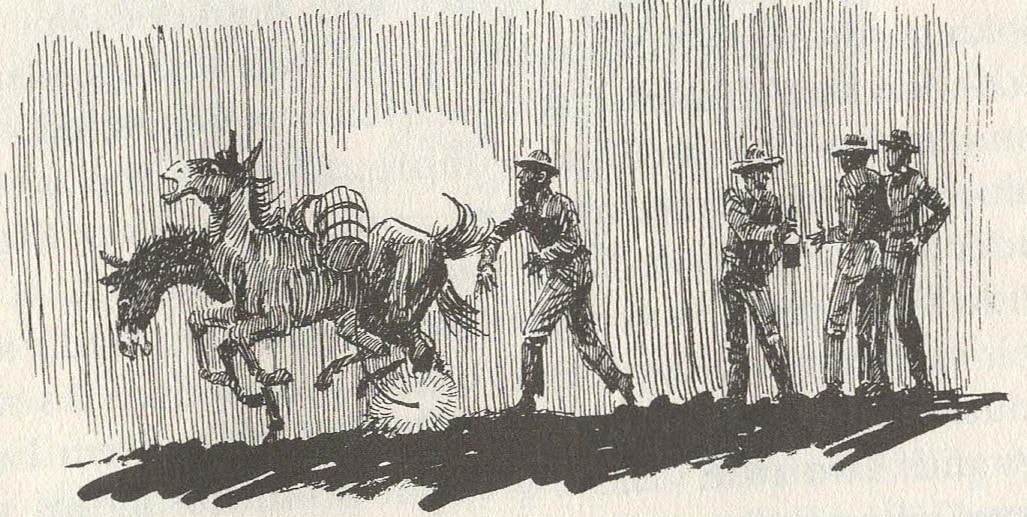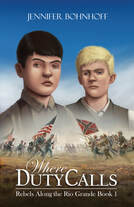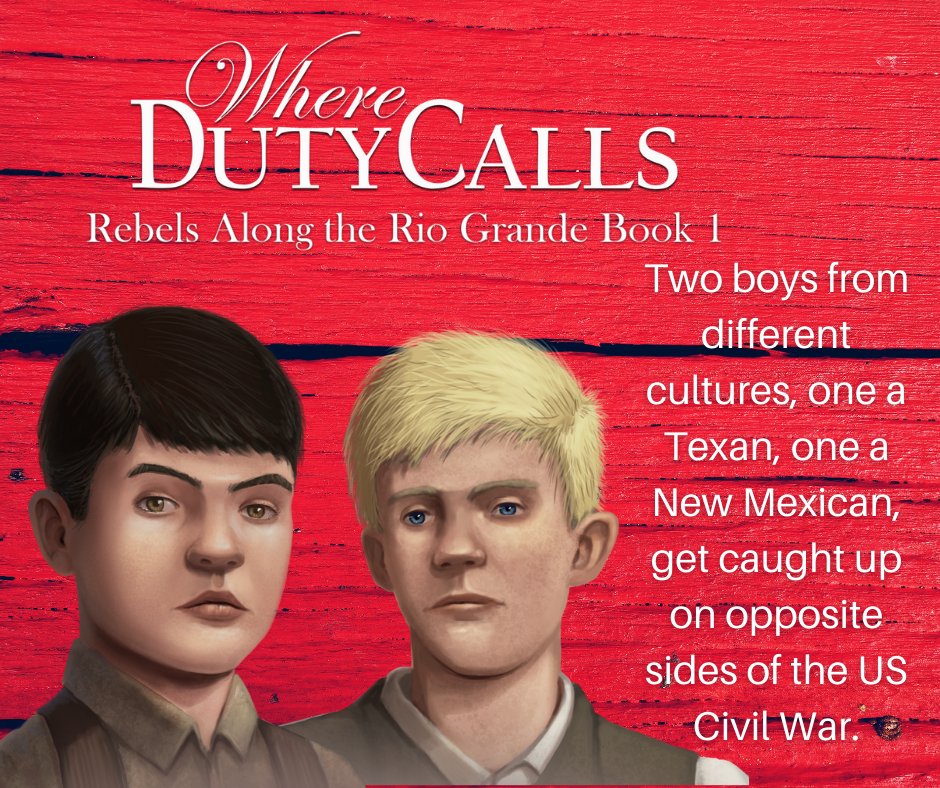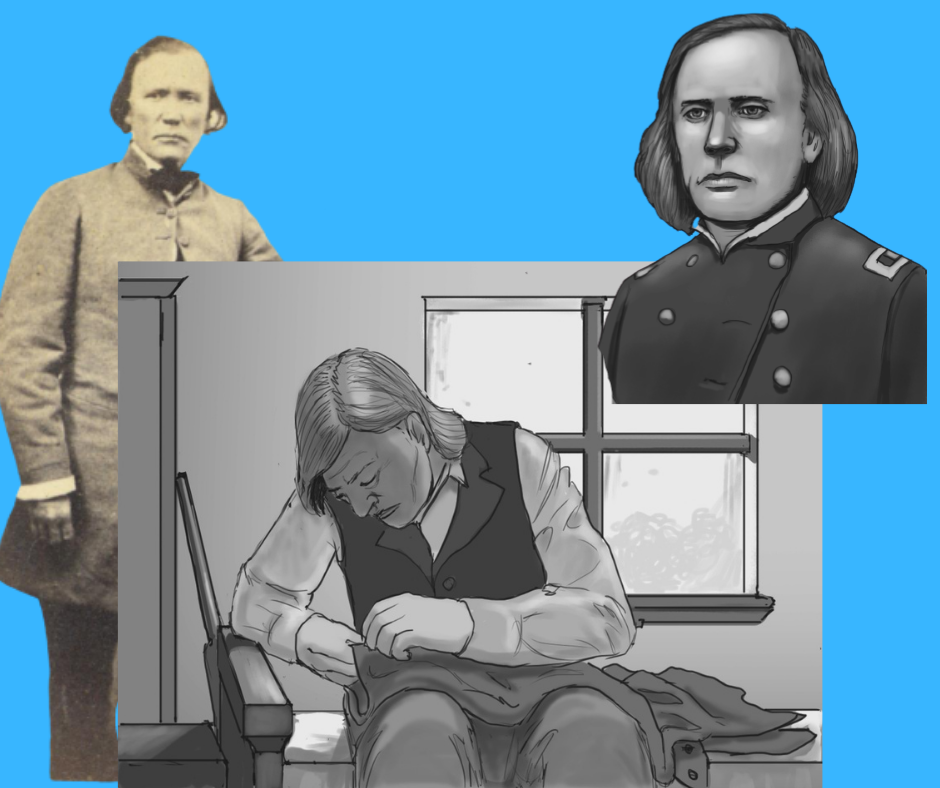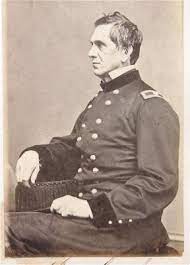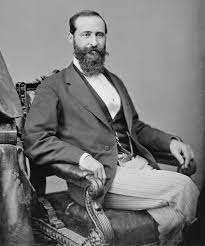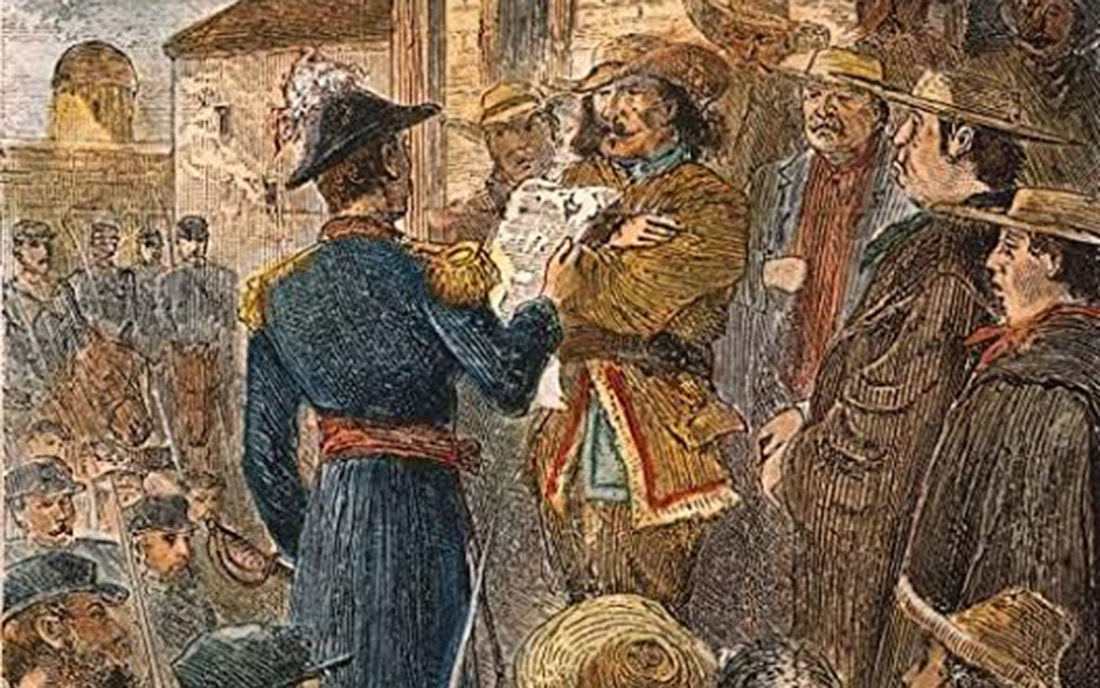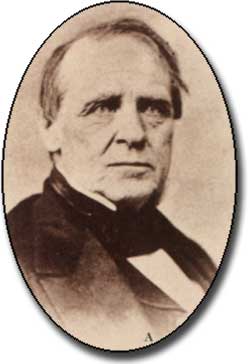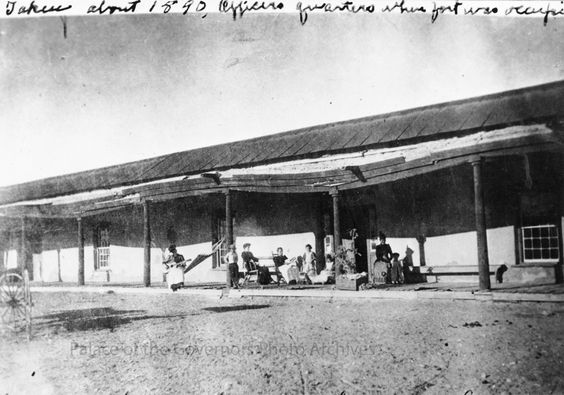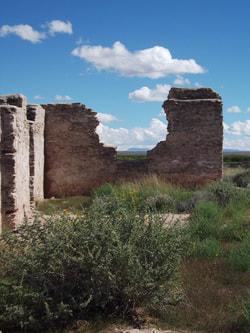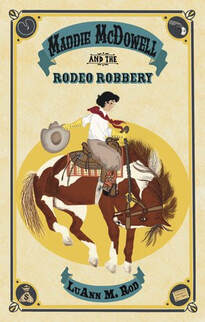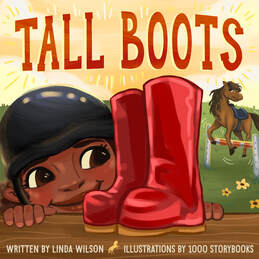
Handsome and chivalrous heirs of medieval knights, the lancers were the darlings of the parade through San Antonio on the day Sibley's force, which he named the Army of New Mexico headed west. Bright red flags with white stars snapped in the breeze as they rode past. Ladies swooned. Everyone thought the lancers were invincible.
Lances had been used in battle for a long time. Common on Napoleonic battlefields, and were used by Mexican cavalry during the conflicts against the Texans in the 1830s and 1840s. The lances carried by the two companies that accompanied Sibley into New Mexico were war trophies that had been captured from the Mexicans during the Mexican American War thirteen years earlier.
 Col. Thom Green
Col. Thom Green On the the day of the battle, Confederate Colonel Thomas Green's forces had taken shelter in the curve of a dried oxbow that the river had abandoned. He peered across the battlefield and saw uniforms that he couldn't identify. Knowing they weren't Union regulars, he guessed that these men on the Union extreme right were a company of inexperienced New Mexico Volunteers whom he expected would break and run if faced with a lancer charge.
 Captain Lang
Captain Lang The first hand up belonged to the leader of the 5th Texas Cavalry Regiment's Company B. Captain Willis L. Lang was a rich, 31 year old who owned slaves that worked his plantation near Marlin in Falls County, Texas.
Lang quickly organized his men. Minutes later, he gave the signal and his company cantered forward, lowered their lances, and began galloping across the 300 yards that divided his men from the men in the unusual uniforms. The plan called for McCown's company to follow after the Union troops had broken, and the two lancer companies would chase the panicking Union men into the Rio Grande that stood at their back.

Lang himself dragged himself back to the Confederate lines because he was too injured to walk.
The day after the battle, Lang and the rest of the injured Confederates were carried north to the town of Socorro, where they had requisitioned a house and turned it into a hospital. A few days later, depressed and in great pain, he asked his colored servant for his revolver, with which he ended his suffering. Lang and the other Confederate dead were buried in a plot of land near the south end of town that has now become neglected and trash-strewn. The owners do not allow visitors.

To commemorate the 160th anniversary of the battle, Ms. Bohnhoff is having a Preorder Party for Where Duty Calls from February 20-26th. Anyone who preorders a copy of the book and lets Ms. Bohnhoff know will be entered into drawings for prizes and book bling.
You can contact Ms. Bohnhoff at [email protected]
Click here to preorder the book.

